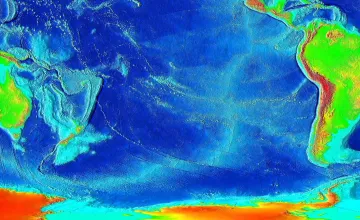AAU universities conduct a majority of the federally funded university research that contributes to our economic competitiveness, health and well-being, and national security. AAU universities are growing our economy through invention and innovation while preparing the next generation of scientists and engineers for global leadership. By moving research into the marketplace AAU universities are helping to create jobs, and provide society with new medicines and technologies.




Explore More: University Research
You can filter stories by the university.
The University of Pittsburgh's Vibrant Media Lab is trying to recreate the world’s first-ever video game console — the Magnavox Odyssey, released in 1972 — and reconnect it to its original hardware.
